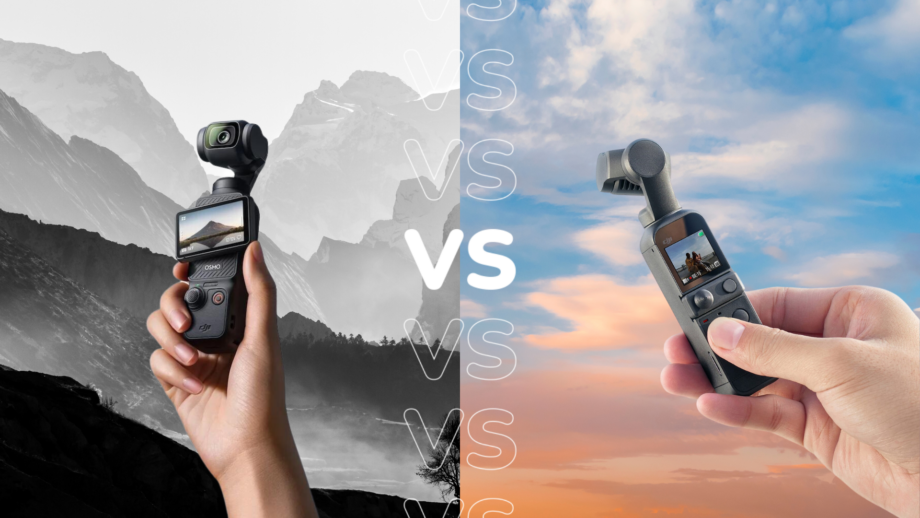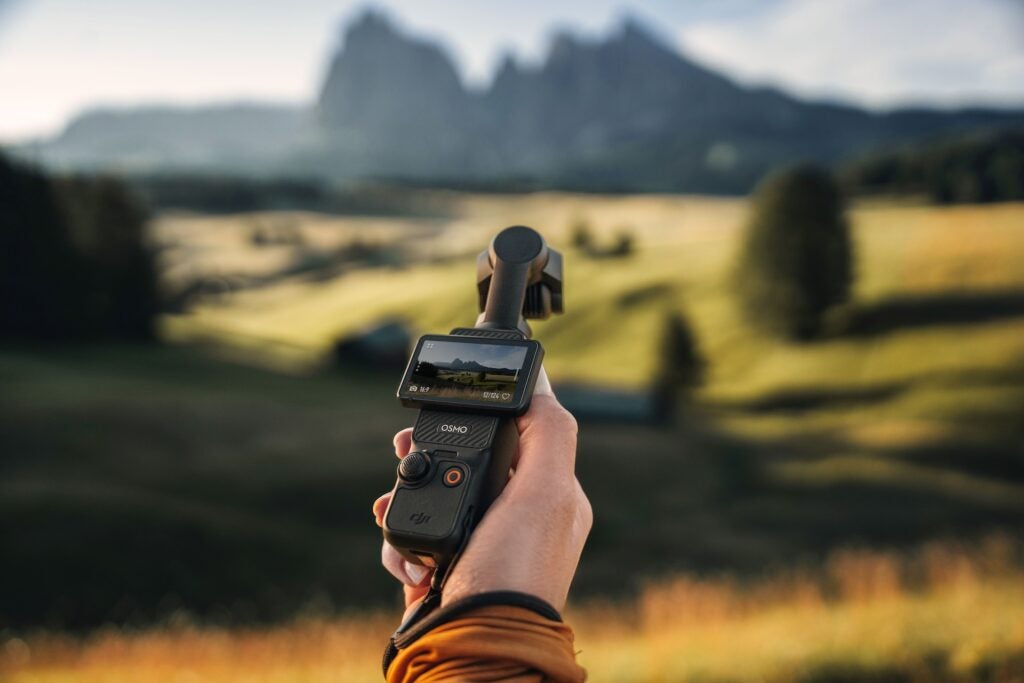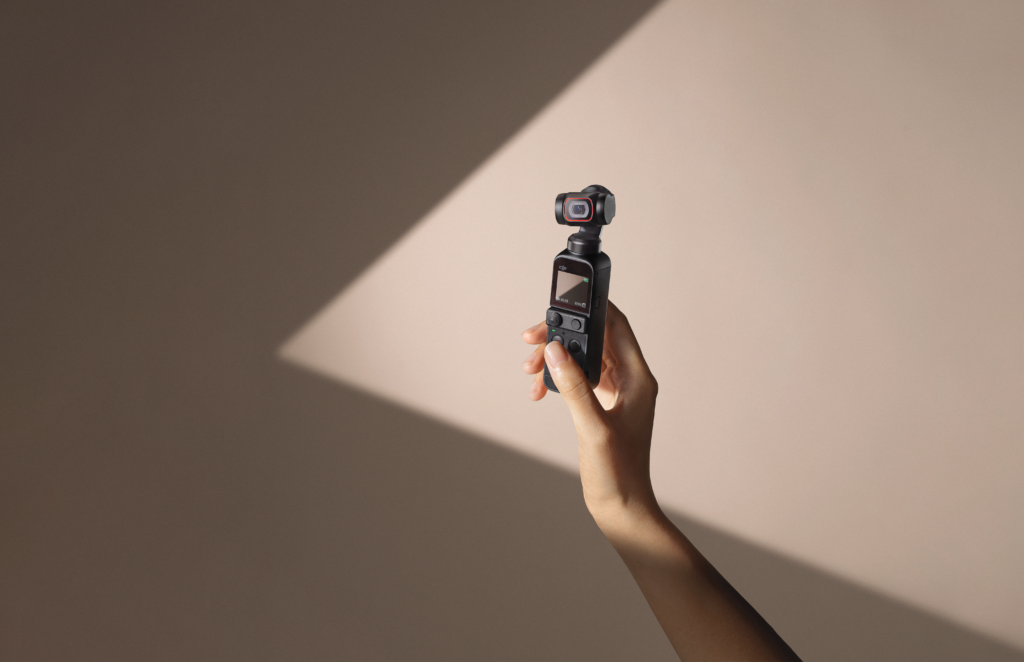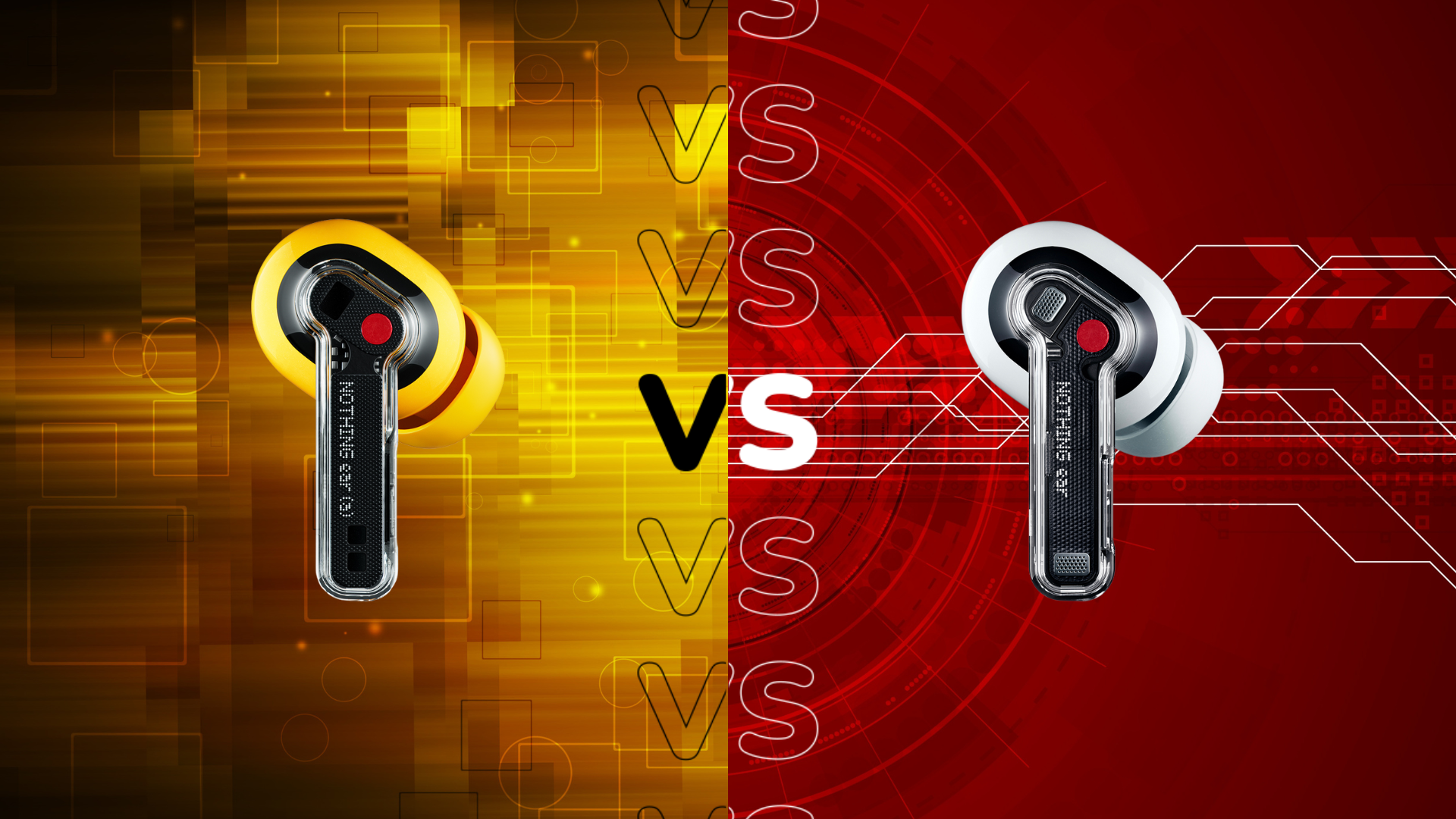DJI Osmo Pocket 3 vs DJI Osmo Pocket 2: What’s new?

DJI has officially announced the latest update to its Pocket gimbal camera line with the DJI Osmo Pocket 3. Here’s how the camera compares to its predecessor, the DJI Pocket 2.
The new Osmo Pocket 3 combines a 1-inch CMOS sensor with three-axis mechanical stabilisation and the ability to capture slow-motion video in detailed 4K. Keep reading to discover all the need-to-know differences between the Osmo Pocket 3 and 2020’s Pocket 2.
The DJI Osmo Pocket 3 has a larger sensor
One major upgrade arriving with the DJI Osmo Pocket 3 is the camera’s larger sensor.
The Osmo Pocket 3 features a 1-inch CMOS sensor which should allow for clearer images in more challenging lighting conditions, such as low-light. This is also reflected in the ISO range, which is 50-6400 for photos and video and 50-16000 for low-light video.
The Pocket 2 has a smaller 1/1.7-inch CMOS sensor and a significantly more limited ISO range of 100-6400 for both photos and video.

The DJI Osmo Pocket 3 can record slow-motion footage in 4K
You can also expect slow-motion video shot on the DJI Osmo Pocket 3 to be sharper and more detailed thanks to the addition of 4K/120fps support in the slowed-down shooting mode.
The Pocket 2 is limited to a resolution of 1080p when shooting at 120fps in its own slow-motion mode.
Both cameras are, however, able to shoot 1080p at up to 240fps if you’re looking for the fastest possible frame rate.
The DJI Pocket 2 captures higher-resolution images
One benefit of the older Osmo Pocket camera is its image resolution.
The Pocket 2 is able to capture much larger 64-megapixel images with an ISO range of 100-3200 or 16-megapixel shots with a wider ISO range of 100-6400.
DJI appears to have taken a step back from stills with the Osmo Pocket 3, limiting photos to 9.4-megapixels and instead placing more emphasis on the camera’s video skills.

The DJI Osmo Pocket 3 has a rotatable touchscreen
The Pocket 2 featured the same fixed 1-inch colour touchscreen as the original DJI Osmo Pocket, which is why we’re excited to see DJI switch things up with the Osmo Pocket 3.
The Osmo Pocket 3 features a larger 2-inch OLED touchscreen that rotates to support both horizontal and vertical shooting. This should make navigating the touchscreen easier and make shooting content for social media feel more natural.
The DJI Osmo Pocket 3 has a longer battery life
The 1300 mAh battery in the Osmo Pocket 3 is able to operate for longer than the 875 mAh battery in the Pocket 2 and is faster to charge, too.
The Osmo Pocket 3 has a total operating time of 166 minutes and takes just 32 minutes to charge from 0 to 100% battery. The Pocket 2, meanwhile, has a battery life of 140 minutes and takes more than an hour to charge fully with its 73-minute charging time.








